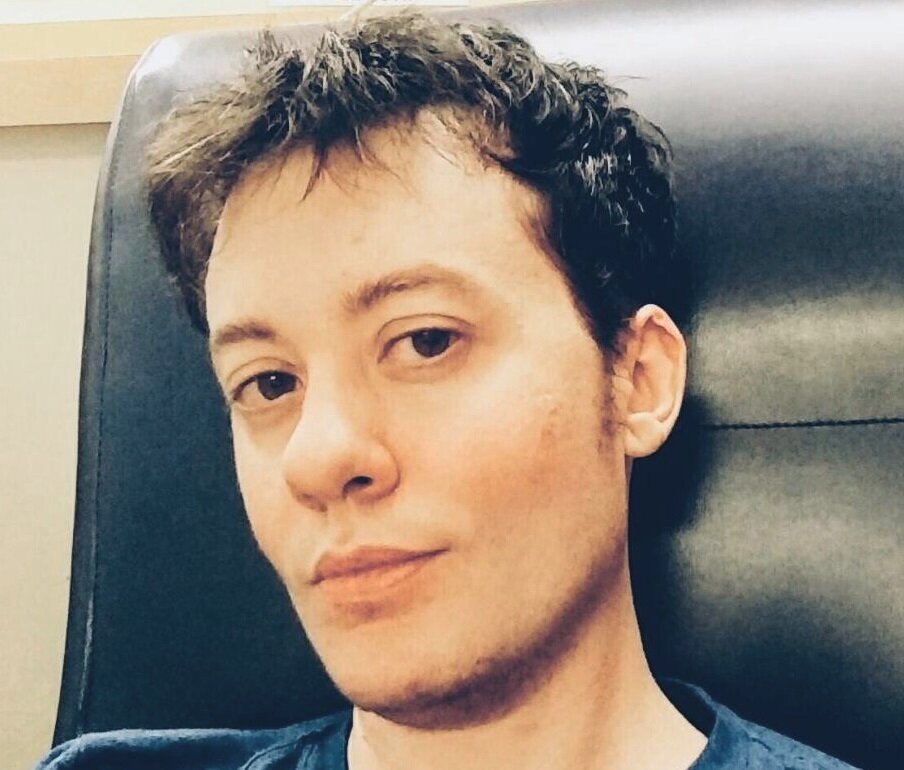By Jeff Wood
Many different factors can determine an outcome.
When making a decision to pursue any treatment, please keep in mind that not everyone will be an ideal candidate. Also, not everyone will have the same outcomes.
Most of us seem to have more than one mechanical condition. I'll share with you my own case, as one example of many. After my fusion surgery, I ended up needing a second neurosurgical procedure. Six months after my fusion surgery, I had a tethered cord release surgery. I am currently doing very well, still in remission from ME/CFS. However, had I not been able to access follow up care with that additional neurosurgery, I would have become unwell again and remained so.
It can be a good idea to factor in your ability to access follow up care, should your case become complex.
In addition to tethered cord syndrome, other conditions that may need follow up attention include lower cervical instability, Eagle's Syndrome, and internal jugular vein stenosis. These conditions are often associated with connective tissue disorders. They are discoverable and treatable. However, not all neurosurgeons will be familiar with them.
A tethered spinal cord seems to be especially common in ME patients, though we need further research to confirm this. Dr. Petra Klinge, a pediatric neurosurgeon who specializes in tethered cord syndrome, has proposed that a underlying tethered cord might be a risk factor for developing CCI.
As of 2021, over 85% of ME patients who have had fusions have also had an underlying tethered spinal cord. I have a working hypothesis that a tethered spinal cord might be one of several central components of ME/CFS. More to come on this idea.
Often, the tethered cord will be "occult," meaning it won't show on a standard MRI. Tethered cord symptoms usually require surgery -- they generally do not resolve without it.
Some people in the ME community experienced significant improvements, including full ME remissions after their fusions -- only to develop symptoms of tethered cord syndrome months later. It is so important to know about tethered cord syndrome, especially the "occult" variety, prior to having a fusion.
Keep in mind: Based on patient reports, if tethered cord symptoms will emerge after a fusion or regenerative procedure, they usually do so between 2 and 6 months post-op. But, this timeline can vary widely.
Many specialist neurosurgeons are aware of occult tethered cord syndrome in patients with CCI and ME/CFS, often requiring follow-up care. However, some physicians have so far *not* addressed this vital follow-up issue that can cause post-fusion patients to regress back into severe symptoms.
I am concerned that some in our community have been unable to receive follow-up care to address comorbidities or complications.
Bottom Line: There are risks involved in any treatment, and not everyone is able or willing to pursue necessary follow up care. This problem can be more complex for people who choose to travel internationally for treatment, or for those who are paying out of pocket.
Please proactively consider this in your investigation and planning.
